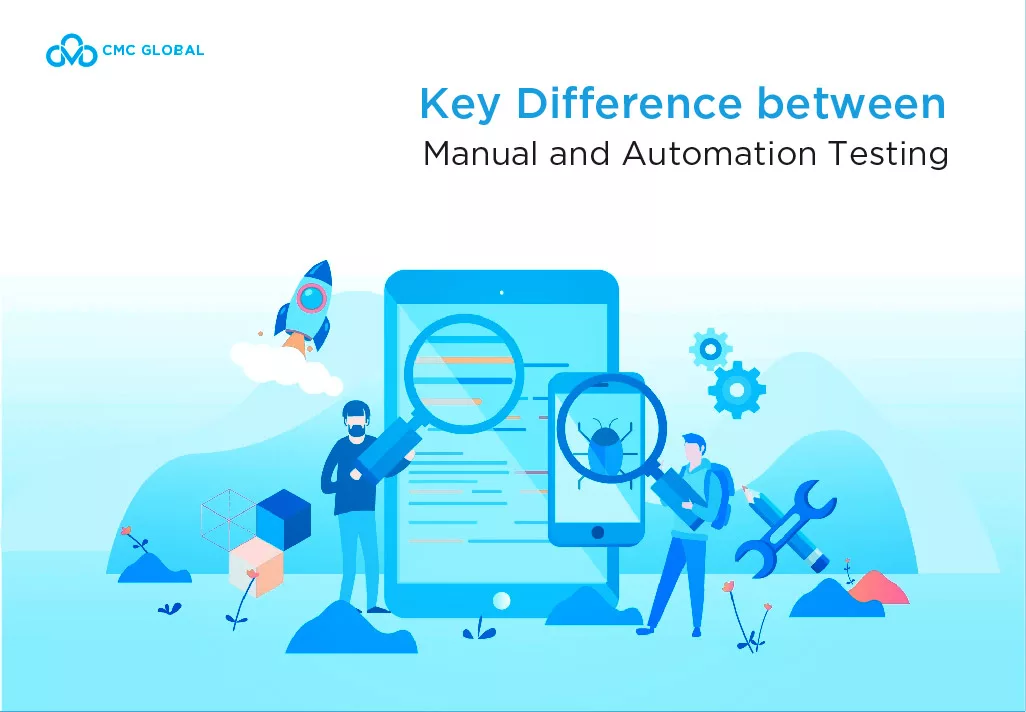Every company wants the same thing: top-tier talents at sustainable costs. But traditional hiring approaches force a false choice. Go fully local, and budgets balloon. Rely only on offshore teams, and you risk misalignment and quality gaps. There’s a better way.
The Best-Shore Model breaks this binary by blending three strategic approaches: Onshore for leadership and client-facing roles, nearshore for time-zone-aligned collaboration and offshore for deep technical expertise at scale. This isn’t about cheap labor, it’s about precision workforce design. By placing the right talent in the right locations, companies achieve both cost efficiency and competitive capability.
Understanding the Best-Shore Model
The Best-Shore Model is a hybrid workforce strategy that blends three key hiring approaches. Onshore talent, typically local or domestic, provides high expertise and cultural alignment but at a higher cost. Nearshore teams, located in geographically or culturally similar regions, offer a middle ground with easier collaboration and moderate savings. Offshore talent, often in distant but tech-rich locations, delivers the most significant cost advantages while still maintaining high skill levels.
The real power of this model lies in its flexibility. Companies can adjust their talent mix based on project needs, scaling up development teams offshore while keeping product management and client-facing roles onshore. This ensures not just cost efficiency but also operational agility, allowing businesses to adapt quickly to market demands.
Optimizing Costs Without Sacrificing Quality

One of the biggest misconceptions about global hiring is that lower costs must mean lower quality. In reality, many offshore and nearshore locations boast thriving tech ecosystems with highly skilled professionals. The key is knowing where and how to hire.
Strategic location selection is crucial. For U.S. companies, nearshore destinations like Latin America provide time zone alignment and cultural similarities, making collaboration seamless. Meanwhile, offshore hubs such as India, Eastern Europe, and Southeast Asia offer deep talent pools at competitive rates, particularly in software development, AI, and cloud engineering.
However, cost shouldn’t be the sole deciding factor. Prioritizing regions with strong technical education systems will ensure access to top-tier talent. Implementing rigorous skill assessments, coding tests, and industry certifications further guarantees that hires meet the required standards.
Another effective strategy is adopting a hybrid team structure. Core leadership and strategic roles can remain onshore to maintain alignment with business goals, while execution-focused tasks like coding, testing, and support can be distributed across nearshore and offshore teams. Tools like Slack, Zoom, and Jira bridge geographical gaps, enabling real-time collaboration and agile workflows.
Partnering with established outsourcing firms in best-shore locations can also mitigate risks. These providers handle legal, infrastructural, and compliance challenges, allowing businesses to focus on growth rather than administrative hurdles. Moreover, they often provide pre-vetted talent, reducing hiring time and ensuring quality.
Finally, retaining top talent is just as important as hiring it. While salaries in offshore and nearshore markets may be lower than onshore rates, offering competitive compensation, career growth opportunities, and a strong team culture prevents attrition. Regular training, leadership pathways, and inclusive team-building activities foster engagement and long-term commitment.
Overcoming Potential Challenges

Of course, distributed teams come with challenges. Communication barriers can arise due to language differences or varying work styles, but these can be mitigated through clear documentation, overlapping work hours, and cultural sensitivity training. Time zone gaps may require asynchronous workflows, with tools like Loom and Notion ensuring continuity. The key is proactive management: setting clear expectations, fostering transparency, and using the right collaboration tools.
The Future of Global Talent Strategy
The Best-Shore Model isn’t just a trend; it’s the future of tech talent acquisition. As remote work becomes the norm and global skill pools grow more accessible, businesses that embrace this hybrid approach will gain a competitive edge. The ability to hire the best talent, regardless of location, while optimizing costs, is no longer a luxury, it’s a necessity.
For companies looking to adopt this model, the first step is auditing their talent needs. Which roles require local presence, and which can be distributed? Next, partnering with reliable outsourcing providers ensures a smooth transition. Finally, starting with a pilot team allows businesses to test the waters before full-scale implementation.
Ready to build your ideal global tech team? Start exploring the Best-Shore approach today, your next breakthrough hire might be halfway across the world.




